Train stations from around the world selected for their architecture. These buildings represent different periods and architectural styles, from neo-Renaissance to contemporary. Some are adorned with domes, glass canopies, sculptures, and frescoes, while others incorporate modern steel and glass structures. These edifices blend functionality with architectural quality, as demonstrated by Antwerp Central Station with its layered levels or Chhatrapati Shivaji Terminus in Mumbai with its Victorian details.
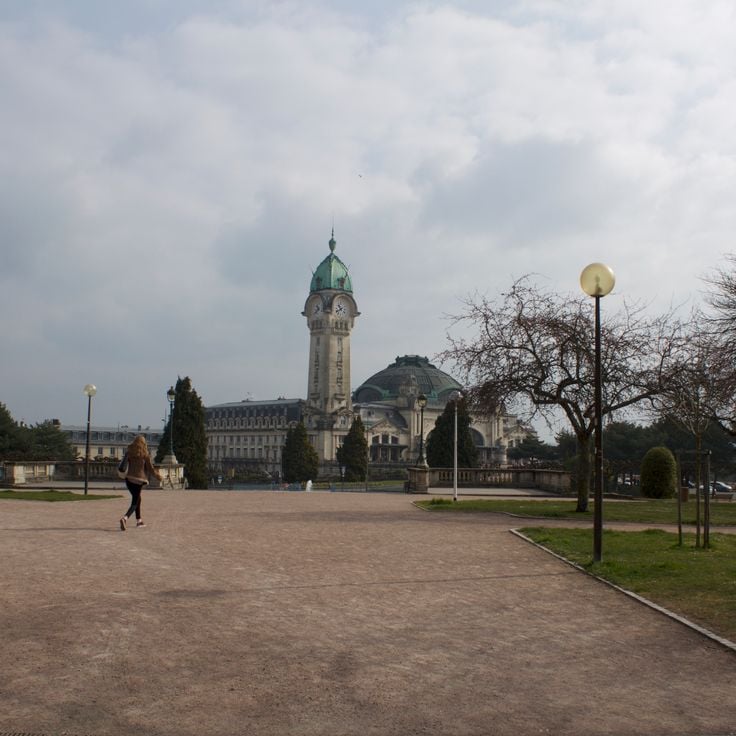
Limoges, France
Railway station featuring a 67-meter high copper dome and a monumental clock. The building includes stained glass and porcelain decorations.

Groningen, Netherlands
Neo-Renaissance building with characteristic clock tower. The facades feature red brick and natural stone ornaments.
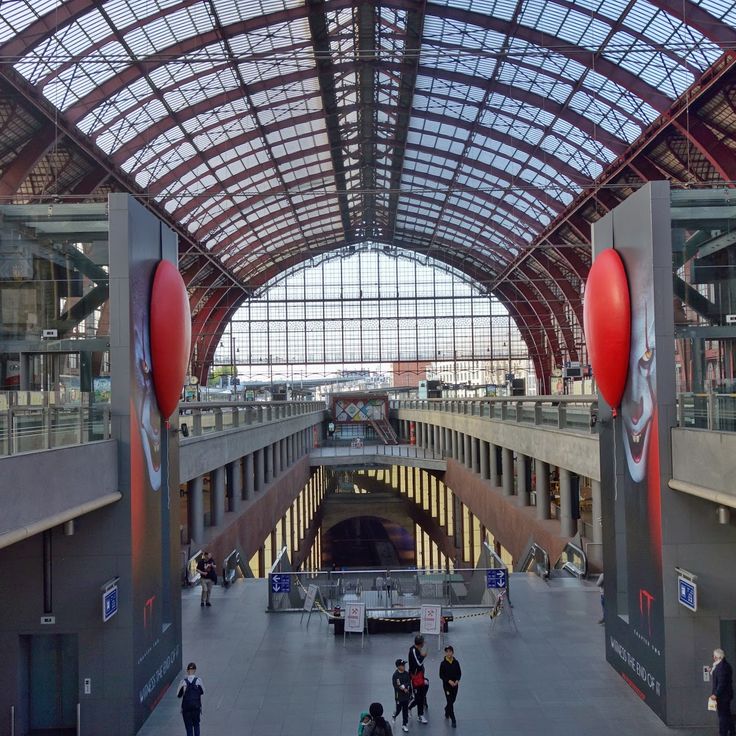
Antwerp, Belgium
Eclectic style building with a dome of glass and steel, constructed on three track levels. The facade combines stone and marble.
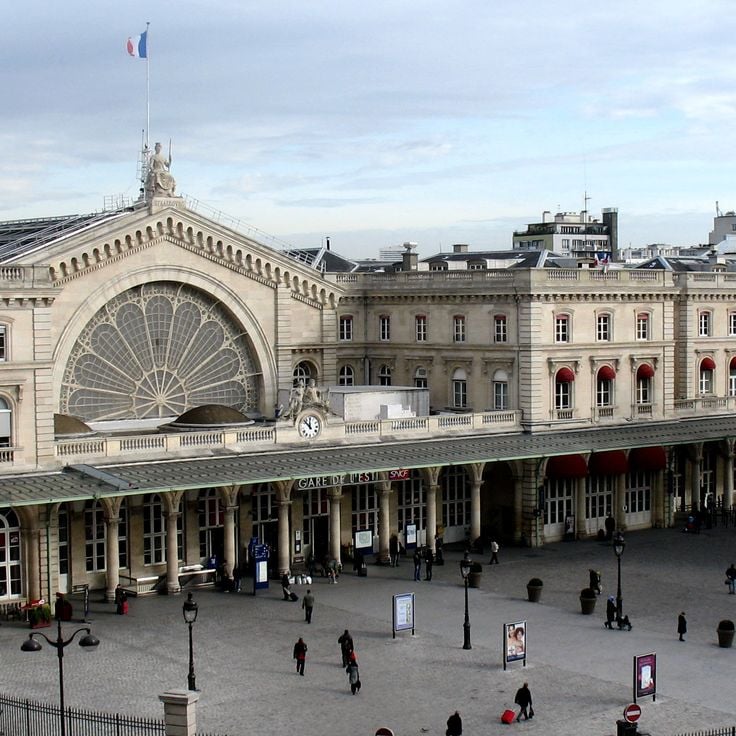
Paris, France
Second Empire construction with a 250-meter facade and a central glazed hall. First railway terminus in Paris.

New York, United States
Railway station with 44 platforms spread over two levels, featuring a ceiling decorated with constellations. The main building is made of limestone.
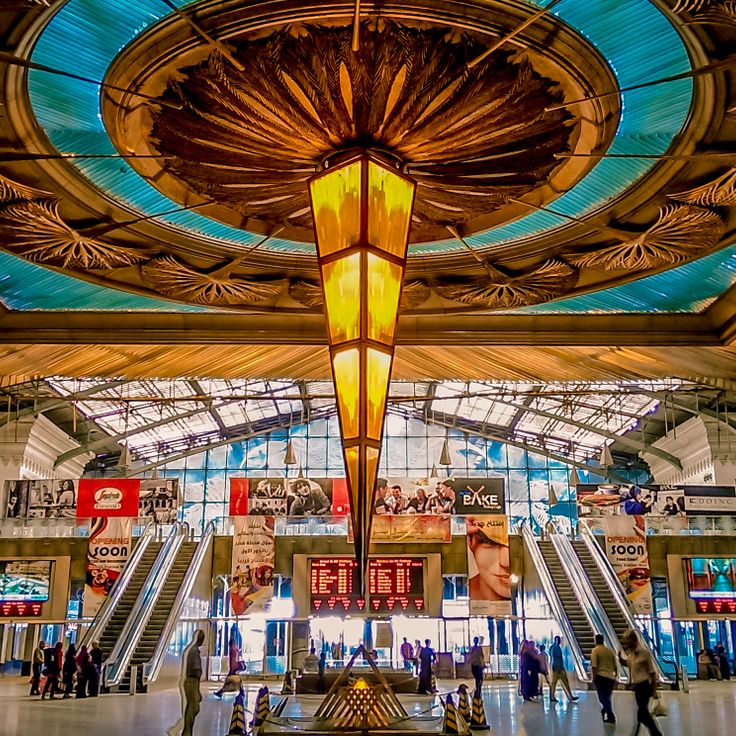
Cairo, Egypt
Egypt's main railway terminal inaugurated in 1892, with neo-Moorish architecture. The building has three floors and serves 11 tracks.

Mumbai, India
Railway terminal built in Victorian Neo-Gothic style with elements of traditional Indian architecture. The facades feature detailed sculptures and ornaments.
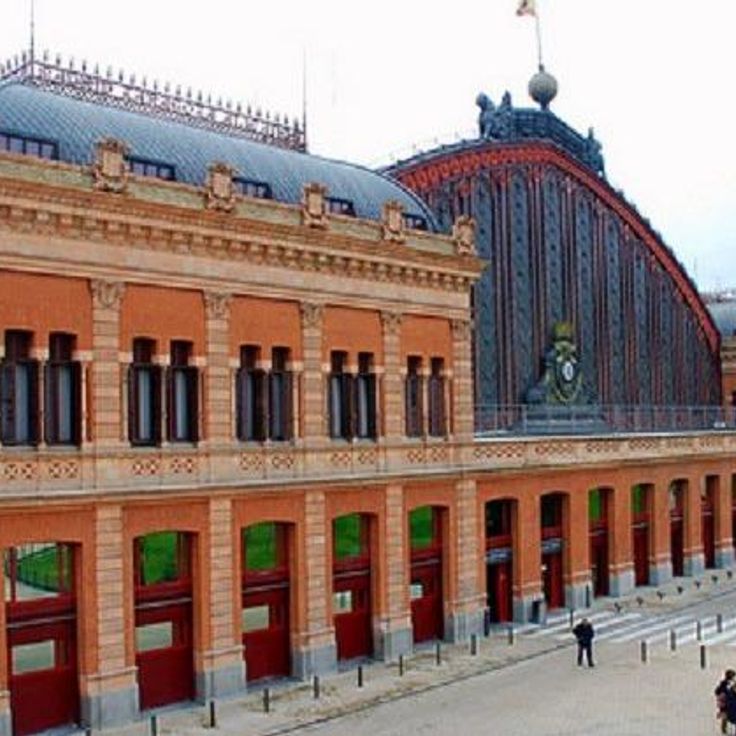
Madrid, Spain
19th-century metal structure with a 152-meter glass canopy. The main hall houses a tropical garden with palm trees.
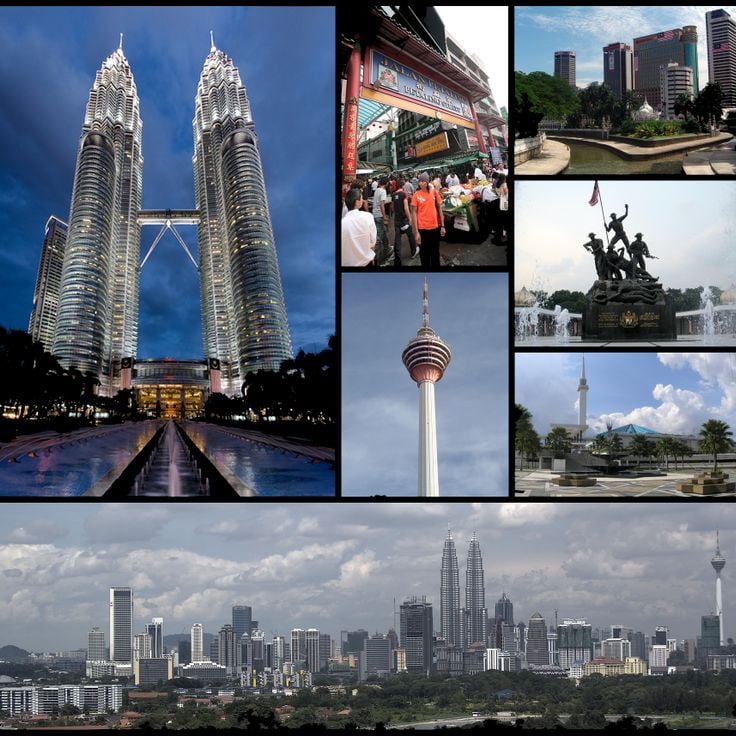
Kuala Lumpur, Malaysia
The railway building blends Mughal, Indo and Islamic architectural styles. The domes and minarets characterize its red and white brick facade.

London, United Kingdom
This Victorian station features a wrought-iron roof and a red brick facade. The building also houses a luxury hotel.

Porto, Portugal
The main hall displays 20,000 azulejos illustrating Portuguese history. The French-style building comprises three floors.
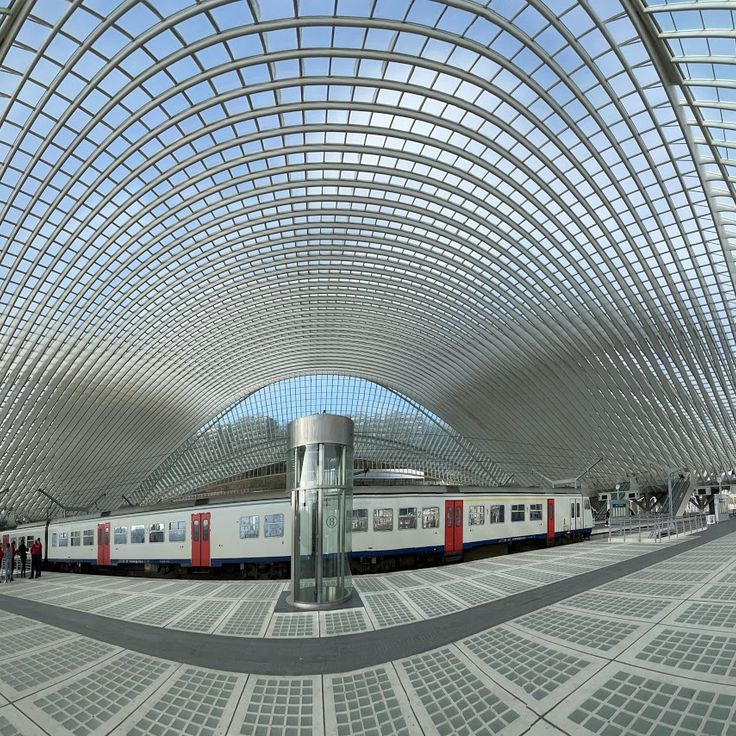
Liège, Belgium
This modern station designed by architect Santiago Calatrava replaces the old building. The glass and steel structure forms a 160-meter long vault.
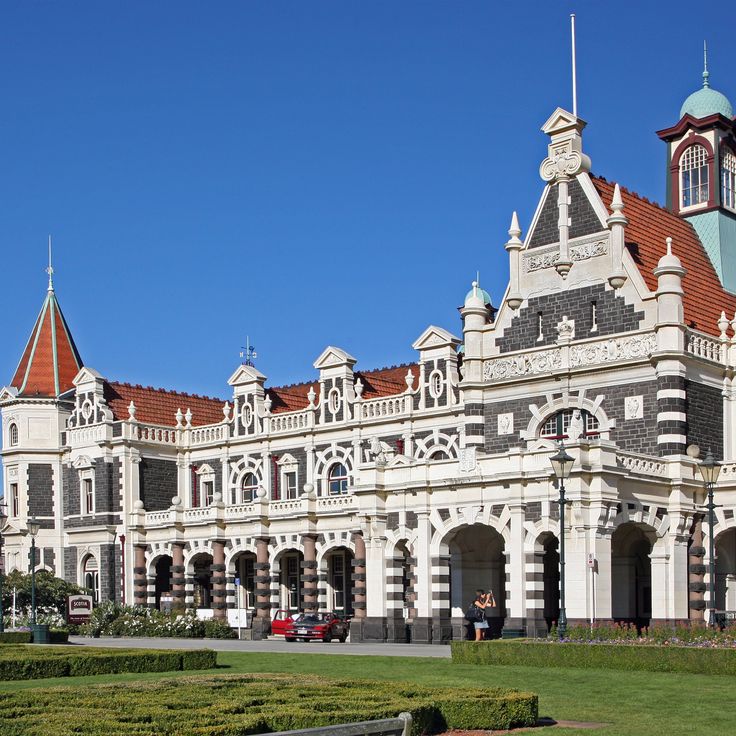
Dunedin, New Zealand
This Flemish Renaissance style building designed by George Troup features mosaics, stained glass, and a clock tower. The station is clad in basalt and limestone blocks.
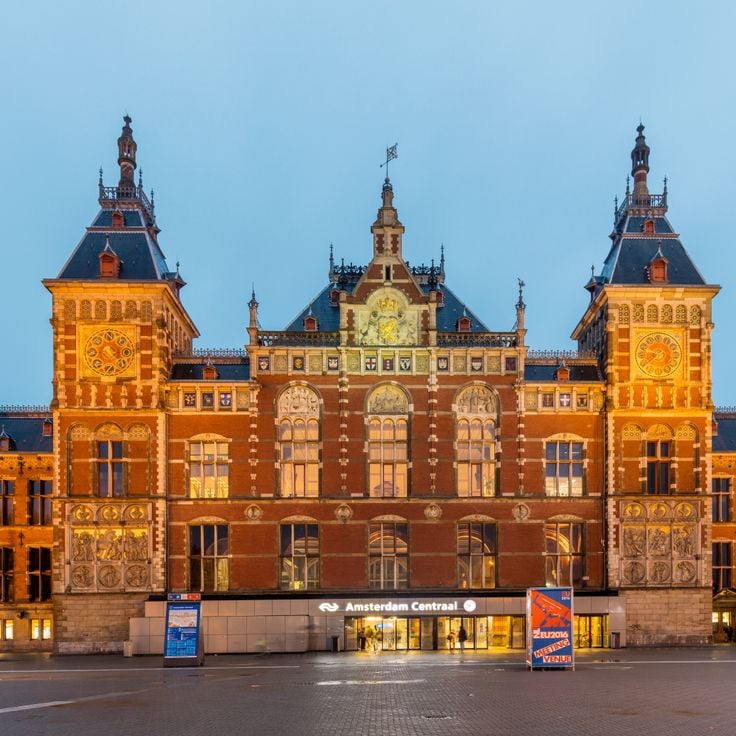
Amsterdam, Netherlands
Neo-Renaissance edifice built on three artificial islands in 1889. The station spans six levels and fifteen platforms serving over 250,000 travelers daily.
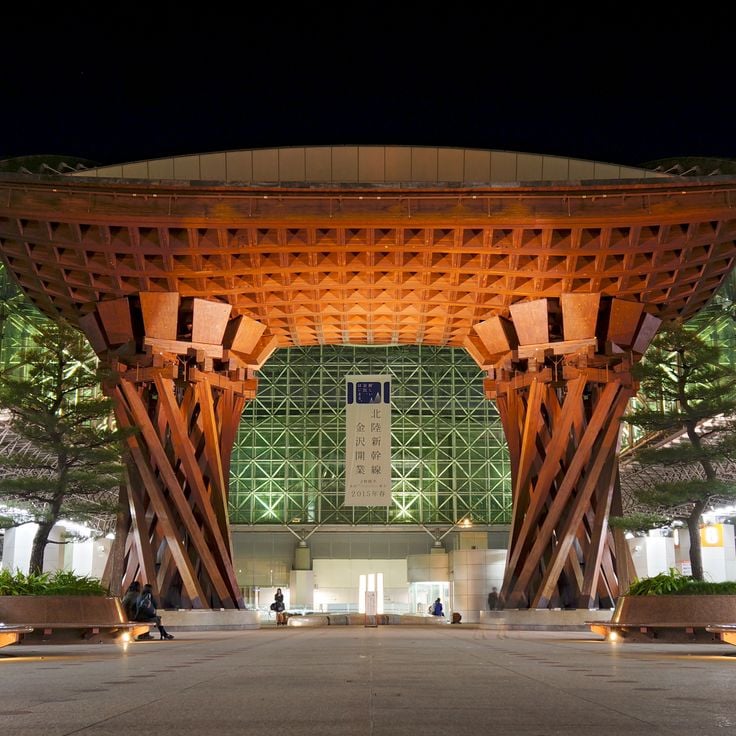
Kanazawa, Japan
This modern station uses traditional materials like wood and glass. The massive drum-shaped Tsuzumi-mon gate marks its main entrance.
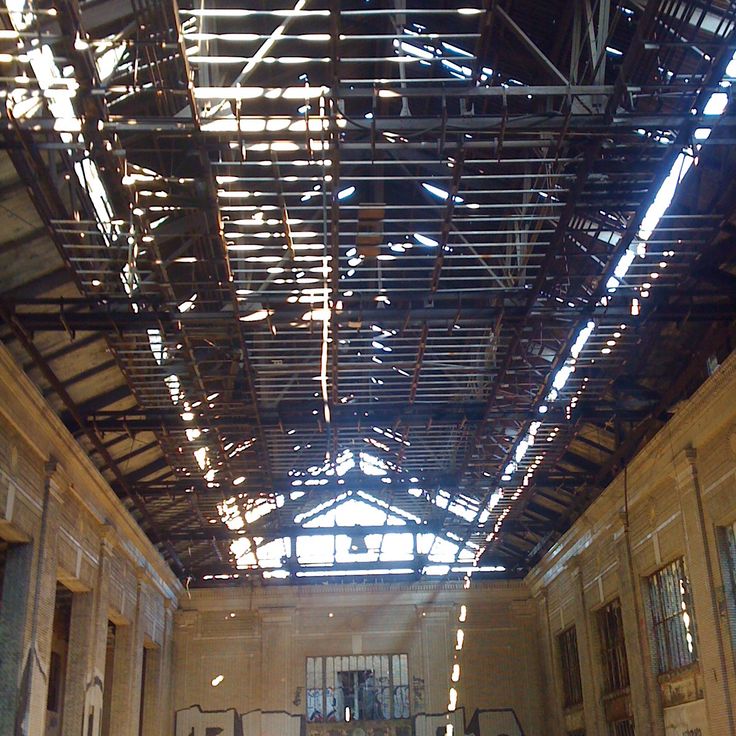
Detroit, United States
This Beaux-Arts style station stands 70 meters tall. It features 18 floors and covers an area of 46,000 square meters. Ford Motor refurbished it in 2022.
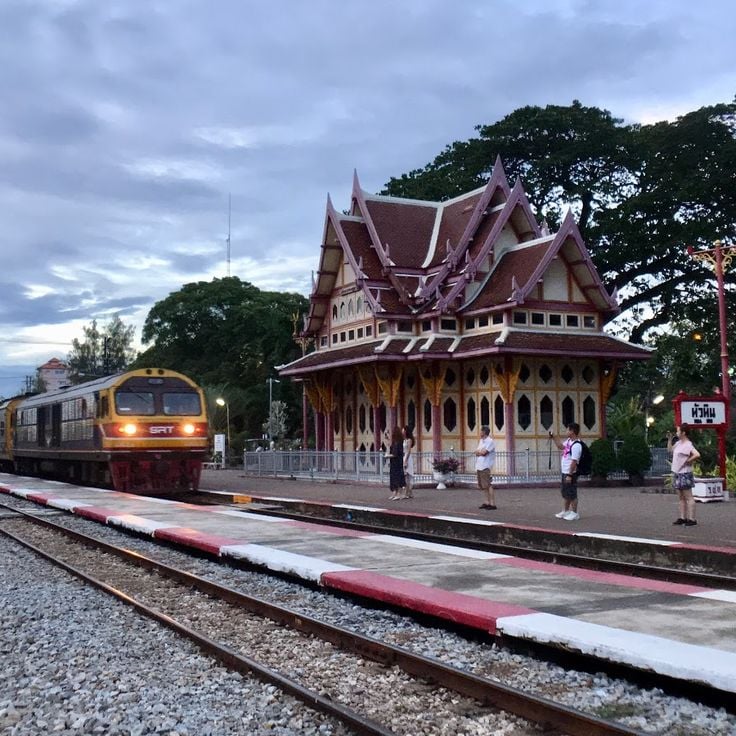
Hua Hin, Thailand
This wooden station painted in red and cream showcases traditional Thai architecture. The royal pavilion is located on platform number 1.
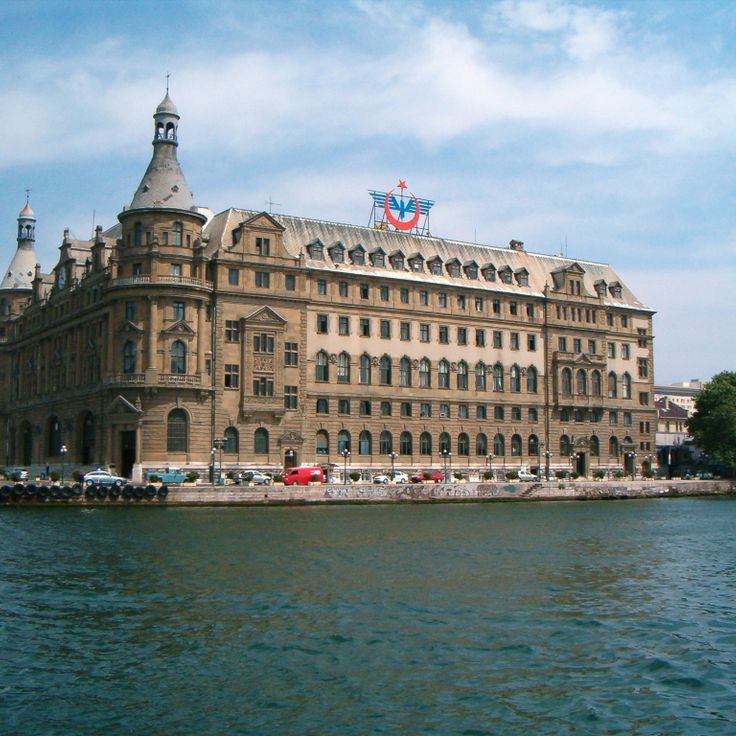
Istanbul, Turkey
This German neo-Renaissance style station is located on the Asian shore of the Bosphorus. The building, constructed on pilings, measures 110 meters long.

Berlin, Germany
This five-level station includes 14 platforms for regional and long-distance traffic. The glass and metal building serves 300,000 travelers daily.
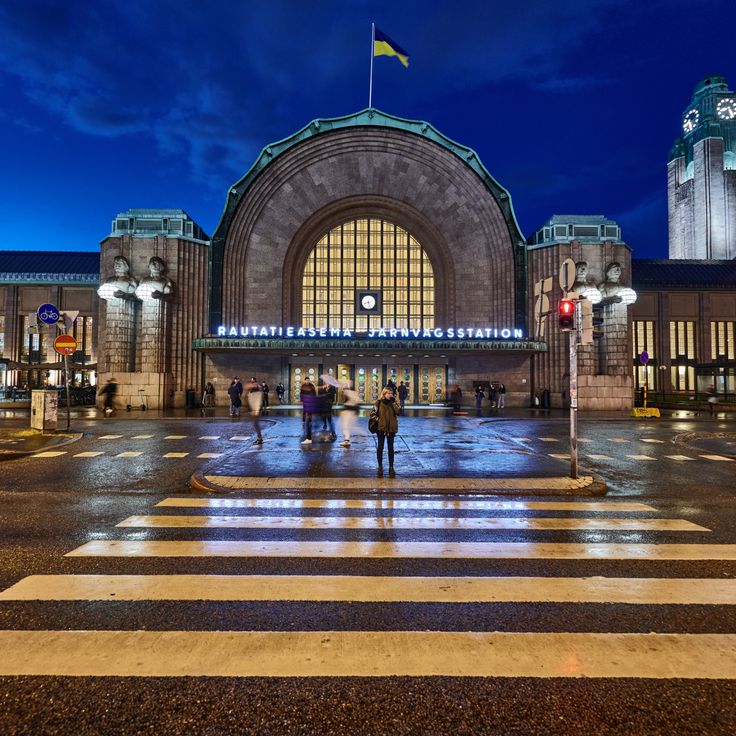
Helsinki, Finland
This pink granite station designed by Eliel Saarinen blends Art Nouveau and classicism. The central hall features a large glass ceiling and Emil Wikström's sculptures.

Paris, France
Europe's largest station by passenger numbers, built in 1864 with a monumental facade adorned with statues representing the cities served.
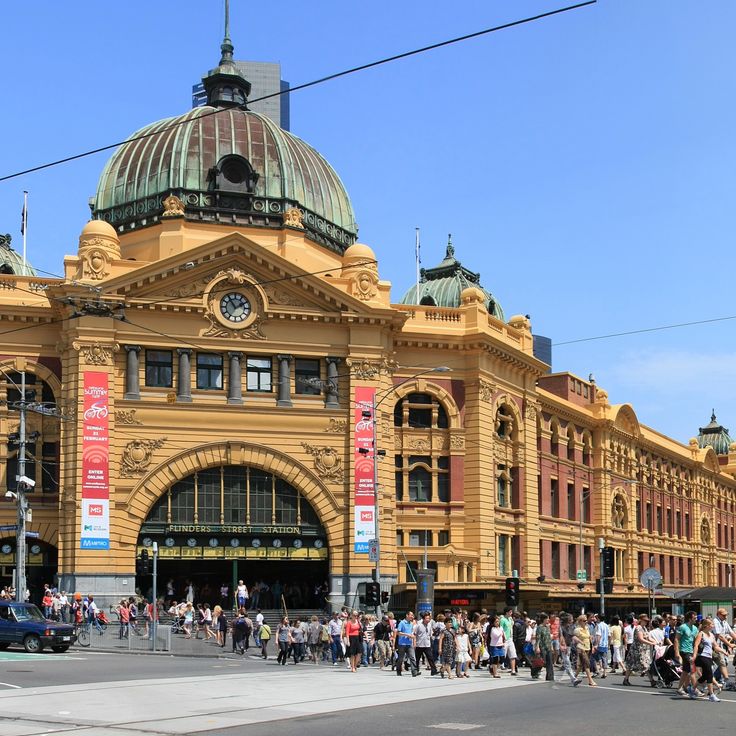
Melbourne, Australia
This French-style station has 13 platforms and a 708-meter facade. The building includes a large dome and a clock above the main entrance.

Milan, Italy
This monumental station in steel and marble serves 24 tracks. The building has five naves with arcades and a facade 200 meters wide.
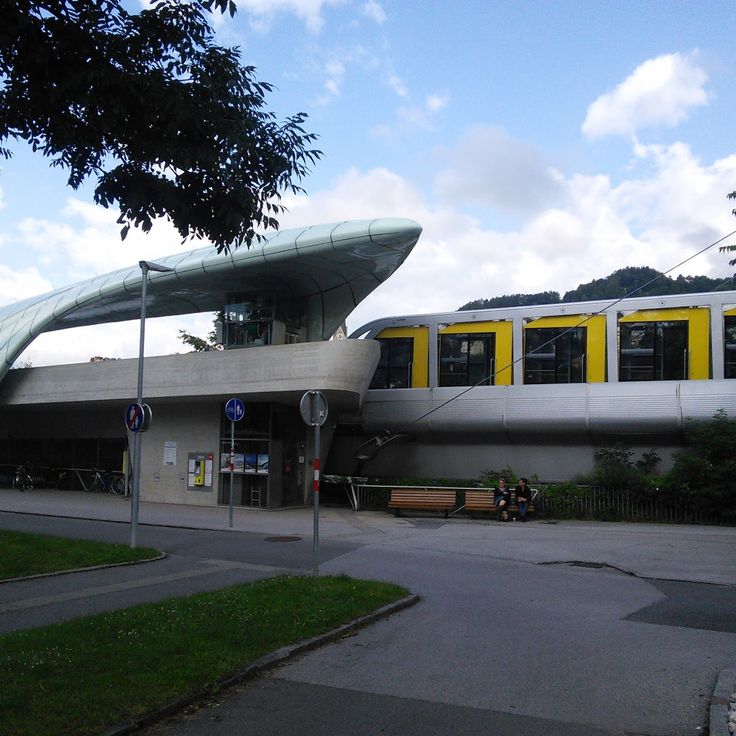
Innsbruck, Austria
The four stations of the Innsbruck funicular were designed by architect Zaha Hadid with curved shapes in glass and white concrete.
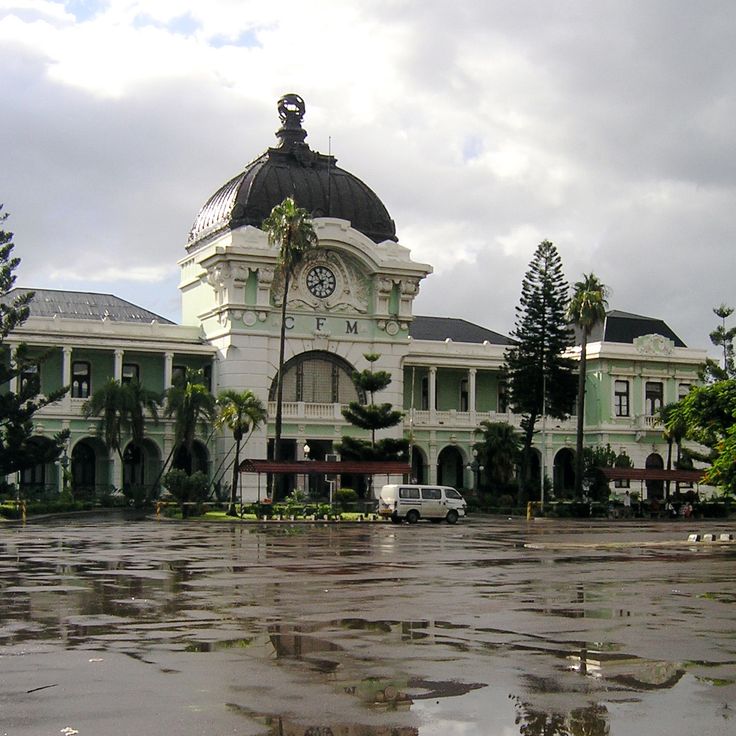
Maputo, Mozambique
The copper dome of this station reaches 51 meters in height. The steel structure was manufactured by the Eiffel company in the early 20th century.
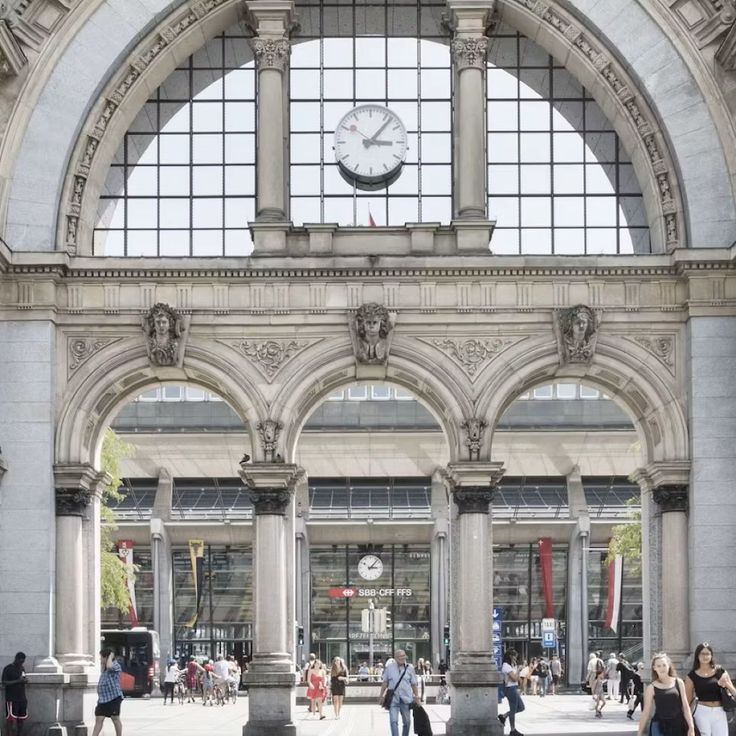
Lucerne, Switzerland
The station built in 1896 presents a neo-Renaissance facade. Its main hall boasts frescoes and stained glass at the ceiling.
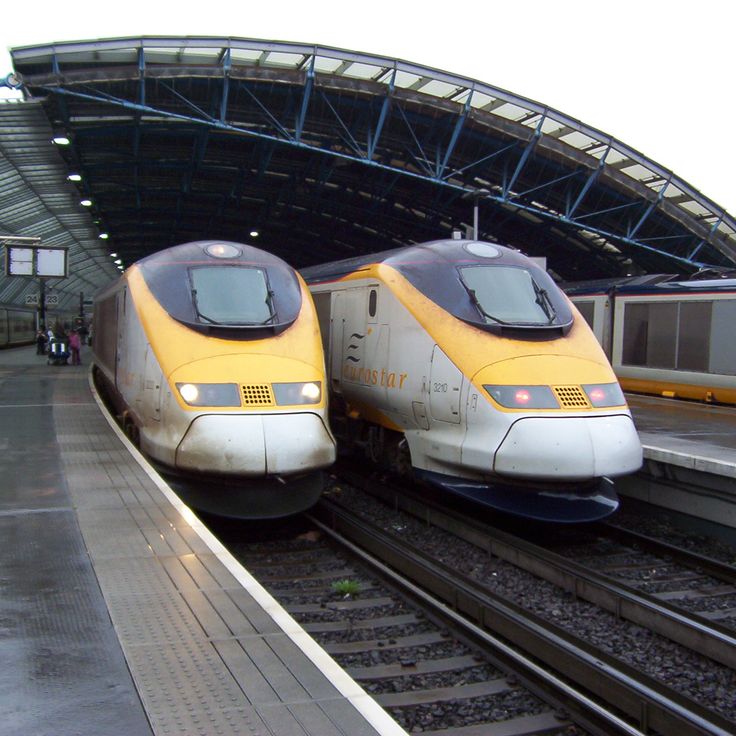
London, United Kingdom
This station operated as the main Eurostar train terminus connecting Paris and Brussels until 2007, before moving to St Pancras.
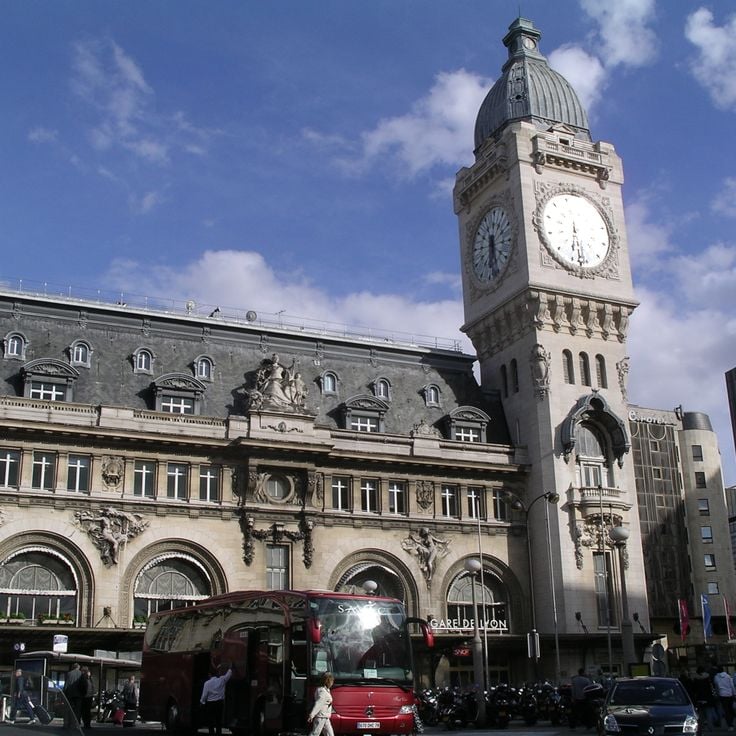
Paris, France
This 1900 station is distinguished by its 64-meter clock tower and its restaurant Le Train Bleu adorned with murals.
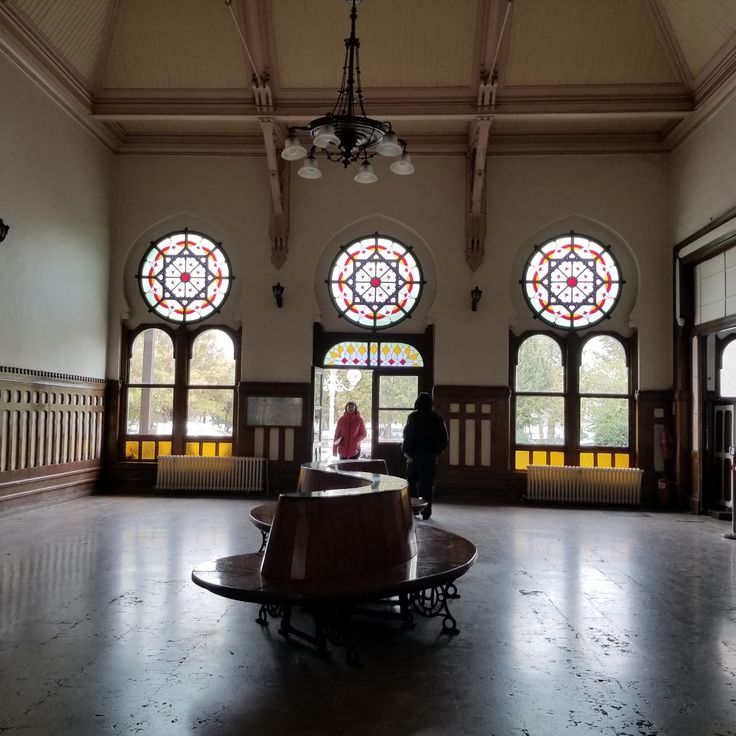
Istanbul, Turkey
Ottoman railway terminal from 1890 with European and Oriental architectural elements, historically the endpoint of the Orient Express from Paris.

Washington DC, United States
Railway station designed by Daniel Burnham in 1907, featuring 29-meter barrel vaults and a concourse of 29,000 square meters.